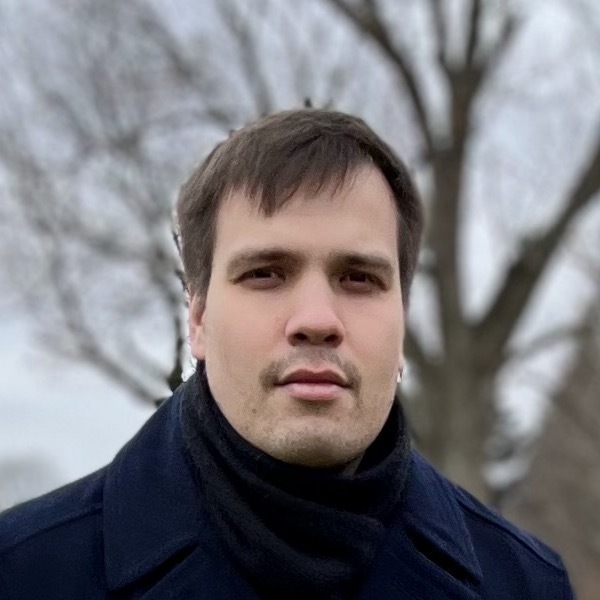Petr Stepanov
Assistant Professor, Physics
Biography
Petr Stepanov is an Assistant Professor of Physics and Astronomy at the University of Notre Dame. After his graduation with a PhD degree from the Ohio State University in 2018, Petr joined Institute of Photonic Sciences in Barcelona, Spain as a Marie-Skłodowska Curie Postdoctoral Fellow focusing on experimental studies of novel low-dimensional materials that feature strong electronic correlations (e. g. moiré superlattices). His research concentrates on probing and manipulating exotic states of matter, such as electron superfluid in unconventional superconductors, using a variety of experimental methods, including low-temperature quantum transport and cryogenic near-field optical microscopy. These research efforts resulted in over 25 peer-reviewed scientific publications in high-ranked journals, including Nature(x2), Nature Physics(x5), PRL(x5) and Science Advances(x1). Petr´s laboratory at the University of Notre Dame will focus on polaritonic properties and local photocurrent studies in twisted multilayer graphene systems, layered unconventional superconductors and transition metal dichalcogenides.
Education
- PhD in Physics, The Ohio State University, Columbus, OH. 2018
- BSc and MSc in Applied Physics and Mathematics, Moscow Institute of Physics and Technology, Moscow. RU. 2012
Research Interests
We apply novel scanning probe techniques to study emergent phenomena in two-dimensional materials. Our research is based on utilizing coupling between light and matter at a scale of several orders of magnitudes below the diffraction limit gaining important insights into fundamental properties of strongly correlated condensed matter systems. Recently discovered, magic angle twisted bilayer graphene (MATBG) and other moiré materials featuring electronic flat bands opened a whole new pathway to explore strong electronic interactions with unprecedented tuneability where a sample can exhibit (unconventional) superconductivity, topology and correlated insulators simply by electrically tuning its charge carrier density. Now we want to understand what light can teach us about their fundamental properties. By controlled stacking of different two-dimensional materials we study:
- Emergent phenomena in graphene based van der Waals heterostructures
- Semiconductor-based moiré superlattices
- Polaritons and light-matter interaction in strongly correlated systems
- Local photovoltage generation and thermodynamics properties
- Spectroscopy of moiré materials at the nanoscale
- Unconventional superconductivity
